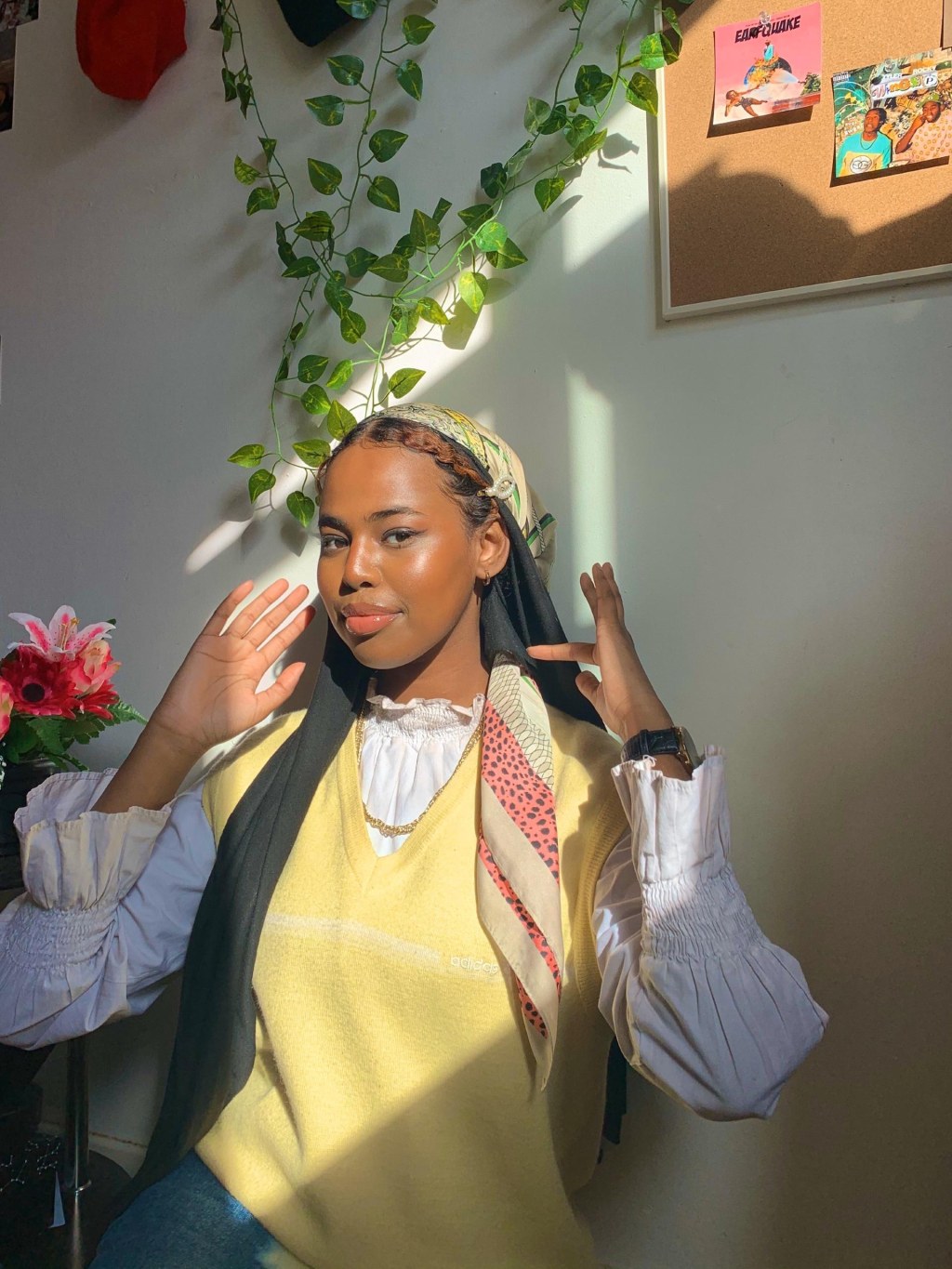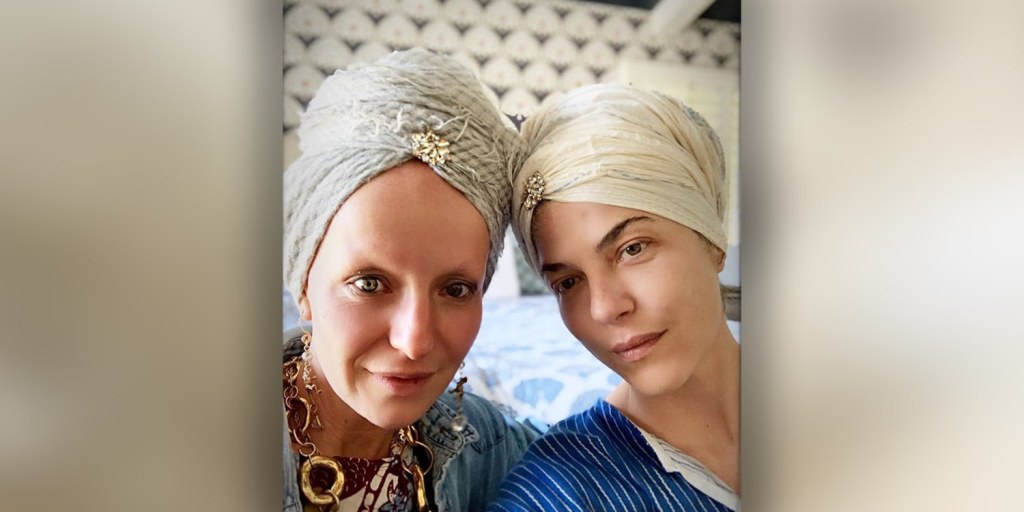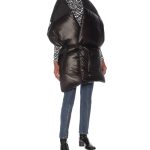Is Wearing A Scarf On Your Head Appropriation? Unveiling The Cultural Significance And Impact.
Is Wearing a Scarf on Your Head Appropriation?
Introduction
Dear Scarf Wearer,
3 Picture Gallery: Is Wearing A Scarf On Your Head Appropriation? Unveiling The Cultural Significance And Impact.



Welcome to our article exploring the topic of wearing a scarf on your head and the potential issue of cultural appropriation. In recent years, there has been increasing debate and discussion surrounding the appropriation of cultural elements. This article aims to provide an in-depth analysis of whether wearing a scarf on your head can be considered appropriation, examining various perspectives and shedding light on the topic. Let’s delve into this intriguing subject and gain a better understanding of the complexities involved.
What is Wearing a Scarf on Your Head?

Image Source: arcpublishing.com
🧣 Wearing a scarf on your head refers to the act of using a scarf as a head covering. This practice can be seen in various cultures around the world and has different meanings and significance depending on the context. It can be worn for religious, cultural, or fashion purposes.
🧣 In many cultures, wearing a headscarf is a long-standing tradition and holds great cultural and religious significance. It may symbolize modesty, spirituality, or respect for tradition. However, when individuals from outside these cultures adopt the practice without understanding its cultural context, it can raise questions about cultural appropriation.
Who Wears a Scarf on Their Head?

Image Source: arcpublishing.com
🧣 People from diverse backgrounds and cultures wear scarves on their heads. It is a practice observed by both men and women, young and old. In some cultures, it is primarily associated with women as a form of religious observance or modesty. In others, it may be worn by both genders as a cultural or fashion statement.
🧣 Scarves on the head are not limited to any specific ethnicity, religion, or nationality. They are worn by individuals across the globe, drawing inspiration from various cultures. However, the way in which this practice is perceived may differ depending on the individual’s cultural awareness and intentions.
When is Wearing a Scarf on Your Head Appropriate?

Image Source: s-nbcnews.com
🧣 The appropriateness of wearing a scarf on your head depends on the cultural context and the intentions behind it. If an individual is part of a culture or religion that traditionally wears headscarves, it is generally considered appropriate as it reflects their cultural or religious identity.
🧣 Additionally, when someone is attending a cultural or religious event that calls for headscarves, wearing one can be a sign of respect and inclusion. In such cases, it is important to follow any specific guidelines or protocols associated with the practice.
🧣 Furthermore, when individuals engage in cultural exchange or adopt cultural elements in a respectful and informed manner, it can foster understanding and appreciation for different cultures. This can be a positive way of celebrating diversity and promoting cultural dialogue.
Where is Wearing a Scarf on Your Head Considered Appropriation?
🧣 The issue of wearing a scarf on your head as appropriation arises when individuals from outside a particular culture adopt the practice without understanding or respecting its cultural significance. This can occur when the act is done purely as a fashion trend or without acknowledging the cultural heritage associated with it.
🧣 It is important to recognize that cultural appropriation can perpetuate stereotypes, marginalize communities, and strip cultural symbols of their original meaning. Therefore, wearing a scarf on your head without cultural sensitivity or understanding can be seen as appropriative and disrespectful.
🧣 Instances of appropriation are often observed when cultural elements are commodified or used for personal gain without giving credit or recognition to the originating culture. This can lead to the erasure of the cultural context and the perpetuation of stereotypes.
Why is Wearing a Scarf on Your Head Controversial?
🧣 The controversy surrounding wearing a scarf on your head stems from the larger issue of cultural appropriation. Cultural appropriation refers to the adoption or borrowing of elements from one culture by another, often without permission or understanding of their cultural significance.
🧣 It is important to acknowledge the power dynamics at play in cultural appropriation. Historically, marginalized cultures have had their practices, traditions, and symbols appropriated by dominant cultures, leading to the erasure and devaluation of their cultural heritage.
🧣 Wearing a scarf on your head can be seen as a symbol of religious or cultural identity for many individuals. When it is adopted by those outside the culture without proper understanding or respect, it can trivialize or dilute the significance of the practice, causing harm and offense to the affected communities.
How Can Wearing a Scarf on Your Head Be Done Respectfully?
🧣 To wear a scarf on your head respectfully, it is crucial to educate oneself about the cultural significance and origins of the practice. This includes understanding the historical, social, and religious contexts associated with it.
🧣 Engaging in open and respectful dialogue with individuals from the culture can provide valuable insights and perspectives. It is important to listen and learn from their experiences, acknowledging the impact of appropriation and the need for cultural autonomy.
🧣 When incorporating cultural elements into one’s personal style, it is essential to give credit and recognition to the originating culture. This can be done by understanding the historical and cultural context, supporting artisans and designers from the culture, and promoting a fair representation of diverse voices.
Advantages and Disadvantages of Wearing a Scarf on Your Head
Advantages:
1. 🧣 Fashion Statement: Wearing a scarf on your head can be a stylish accessory that adds flair to your outfit.
2. 🧣 Protection from the Elements: Scarves provide warmth and protect your hair and scalp from sun, wind, and cold weather.
3. 🧣 Cultural Exchange: Appropriation concerns aside, wearing a scarf on your head can be a way to celebrate and appreciate diverse cultures.
Disadvantages:
1. 🧣 Appropriation: Wearing a scarf on your head without cultural sensitivity can be seen as appropriative and disrespectful.
2. 🧣 Perpetuating Stereotypes: Uninformed adoption of cultural elements can perpetuate stereotypes and marginalize communities.
3. 🧣 Lack of Context: Without understanding the origins and cultural significance, wearing a scarf on your head can lead to the erasure of its true meaning.
Frequently Asked Questions (FAQs)
Q1: Is it okay to wear a scarf on my head if I appreciate the culture it comes from?
A1: While appreciation is important, it is crucial to understand the cultural significance and respect the practice’s origins.
Q2: Can I wear a scarf on my head as a fashion statement?
A2: Fashion can draw inspiration from diverse cultures, but it is crucial to avoid appropriating cultural elements without context.
Q3: What should I do if I unintentionally appropriate a cultural practice?
A3: Recognize your mistake, apologize if necessary, and strive to educate yourself and engage in respectful cultural exchange going forward.
Q4: Can I wear a scarf on my head if I am not part of the culture associated with it?
A4: It is essential to consider the impact of your actions and engage in cultural practices with understanding and respect.
Q5: How can I appreciate cultural practices without appropriating them?
A5: Educate yourself, support creators from the culture, give credit where it is due, and promote diverse voices and narratives.
Conclusion
In conclusion, the act of wearing a scarf on your head can be a complex issue when it comes to cultural appropriation. It is crucial to approach this practice with cultural sensitivity, understanding, and respect. By educating ourselves, engaging in open dialogue, and promoting cultural autonomy, we can navigate the fine line between appreciation and appropriation. Let us strive for a world where diversity is celebrated and cultural exchange is done in a respectful and inclusive manner.
Final Remarks
The information presented in this article is intended to provide a comprehensive understanding of the topic of wearing a scarf on your head and appropriation. It is important to remember that discussions surrounding cultural appropriation are nuanced and can vary depending on individual experiences and perspectives. The intention behind this article is to foster dialogue and promote cultural sensitivity. We encourage readers to continue researching and engaging in conversations about these important topics.
This post topic: Scarf

